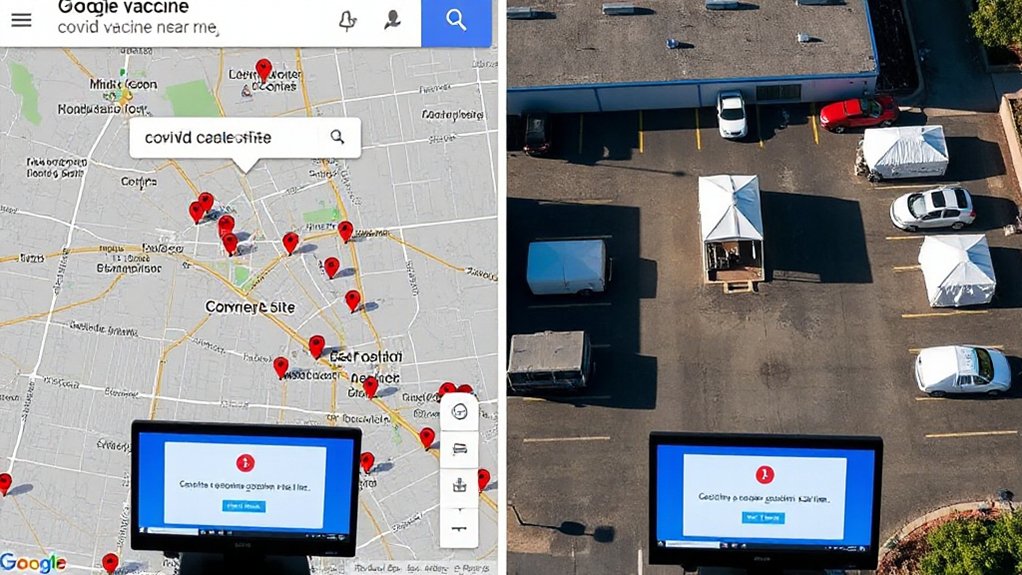While artificial intelligence (AI) transforms healthcare across America, a troubling gap is emerging between the haves and have-nots of medical technology. Recent data shows that 65-71% of U.S. hospitals now use AI-assisted predictive models, but adoption rates vary dramatically based on hospital size and location.
Large, urban, and system-affiliated hospitals lead the way with adoption rates reaching 86%. Meanwhile, independent, small, rural, and critical-access hospitals trail markedly, with some adoption rates as low as 37%. This creates a digital divide that threatens equal access to quality care.
The gap isn’t just about having AI tools. It’s also about having the right ones. Many under-resourced hospitals buy off-the-shelf AI systems that weren’t designed for their unique patient populations. These tools might work poorly or produce biased results for the communities they serve.
The healthcare AI divide isn’t just about access—it’s about relevance, with vulnerable communities receiving tools not designed for their unique needs.
Only 44% of hospitals evaluate their AI models for bias. Better-resourced facilities are more likely to conduct these important checks than safety-net or rural providers. This means patients at smaller hospitals face higher risks of receiving care based on AI that wasn’t properly vetted. The lack of standardized ethics frameworks for healthcare AI further complicates these equity issues.
The divide extends globally too. Most health AI systems are trained using data from high-income countries. This leaves billions of people in low and middle-income nations represented by algorithms that don’t understand their health needs or conditions.
AI offers real promise for healthcare. Hospitals use it to predict patient outcomes, identify high-risk patients, manage schedules, and handle billing. When implemented well, AI can improve efficiency, reduce errors, and better allocate limited resources.
Closing this technology gap requires action. Experts recommend financial incentives, technical support, and clear regulations to help smaller providers catch up. Despite projections that the market will reach $431.05 billion by 2032, many safety-net providers remain unable to access these innovations. Without these measures, AI in healthcare risks widening the very disparities it could help solve.
The question remains whether this powerful technology will reach all patients or only those in well-funded health systems. A comprehensive study from the University of Minnesota has highlighted how this digital divide impacts patient safety and treatment equity across different healthcare facilities.
References
- https://www.sph.umn.edu/news/new-study-analyzes-hospitals-use-of-ai-assisted-predictive-tools-for-accuracy-and-biases/
- https://litslink.com/blog/ai-in-healthcare-breaking-down-statistics-and-trends
- https://www.healthcaredive.com/news/hospital-predictive-ai-adoption-disparities-astp-onc/760443/
- https://www.weforum.org/stories/2025/10/ai-in-healthcare-risks-could-exclude-5-billion-people-here-s-what-we-can-do-about-it/
- https://www.weforum.org/stories/2025/08/ai-transforming-global-health/
- https://hitconsultant.net/2025/09/17/the-rise-of-predictive-ai-in-hospitals/
- https://www.philips.com/a-w/about/news/future-health-index/reports/2025/building-trust-in-healthcare-ai.html
- https://www.bcg.com/publications/2025/digital-ai-solutions-reshape-health-care-2025
- https://hai.stanford.edu/ai-index/2025-ai-index-report









